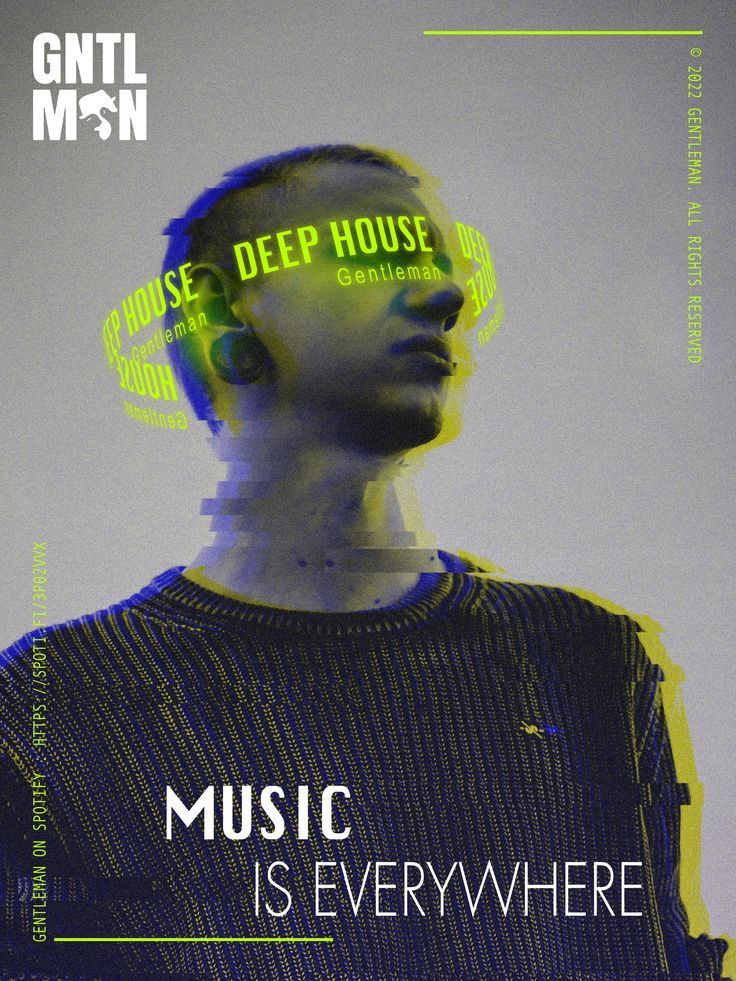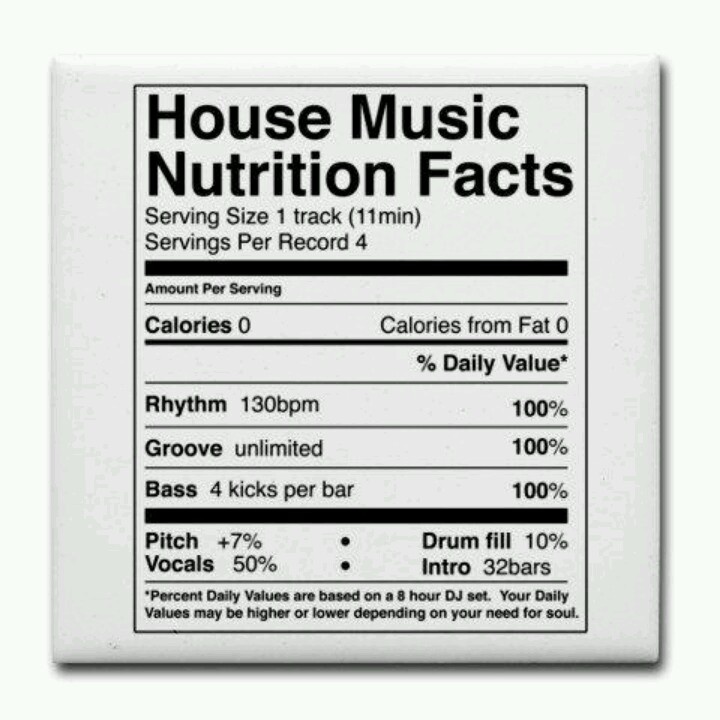Sierreño’s Timeless Charm
Deep house is a subgenre of house music known for its rich, atmospheric sound, soulful vocals, and complex melodies. Emerging in the 1980s, it blends elements of jazz, funk, soul, and electronic music, creating a style that’s both danceable and deeply emotive. Over the decades, deep house has grown into one of the most enduring and influential styles in electronic music, captivating audiences worldwide with its smooth, immersive rhythms.
The genre is known for its use of soulful vocals, often featuring lyrics that explore themes of love, resilience, and self-reflection. Tracks can be instrumental or vocal-focused, but they always emphasize emotional depth, making deep house as suitable for home listening as it is for the club.
Deep house originated in Chicago in the mid-1980s, during the golden age of house music. DJs and producers like Larry Heard (also known as Mr. Fingers) began experimenting with the upbeat, four-on-the-floor rhythms of house music, introducing lush chords, smooth melodies, and influences from jazz and soul.
The genre was heavily inspired by the sounds of disco and its use of live instrumentation, such as bass guitars, pianos, and strings. Jazz fusion also played a key role, particularly in the use of complex harmonies and improvisational elements. Unlike more aggressive styles of house, deep house focused on creating an emotional, almost meditative experience, blending electronic production with organic textures.

Pioneers of Deep House
- Larry Heard (Mr. Fingers) – Widely regarded as the father of deep house, Heard’s tracks like “Can You Feel It” and “Mystery of Love” set the blueprint for the genre, combining soulful melodies with subtle rhythms.
- Frankie Knuckles – Known as the “Godfather of House,” Knuckles was instrumental in shaping house music as a whole, with many of his productions and remixes leaning toward the smoother, more soulful sound that defined deep house.
- Ron Trent – A Chicago-based producer, Trent contributed to the genre with tracks like “Altered States,” blending hypnotic grooves with jazzy overtones.
- Kerri Chandler – A key figure in the New Jersey house scene, Chandler brought a gospel and jazz influence to deep house, creating tracks that are emotional, uplifting, and timeless.
- Moodymann – Hailing from Detroit, Moodymann infused deep house with elements of funk, soul, and hip-hop, bringing a raw, eclectic edge to the genre.

Deep House’s Legacy
Deep house is more than just a subgenre of house music; it’s a movement that has bridged the gap between the dancefloor and the soul. With its roots in Chicago and its influence spreading across continents, deep house has remained a dynamic and evolving style that continues to inspire new generations of producers and fans.
Whether you’re unwinding at home, cruising through the city at night, or dancing until sunrise, deep house offers a soundtrack that’s as timeless as it is transformative.
Deep house has become a global phenomenon, thriving in clubs, festivals, and lounges around the world. Its ability to balance the energy of house music with the emotional depth of soul and jazz has made it a favorite among diverse audiences. The genre’s versatility allows it to be played in a wide range of settings, from beachside parties to late-night club sets.
